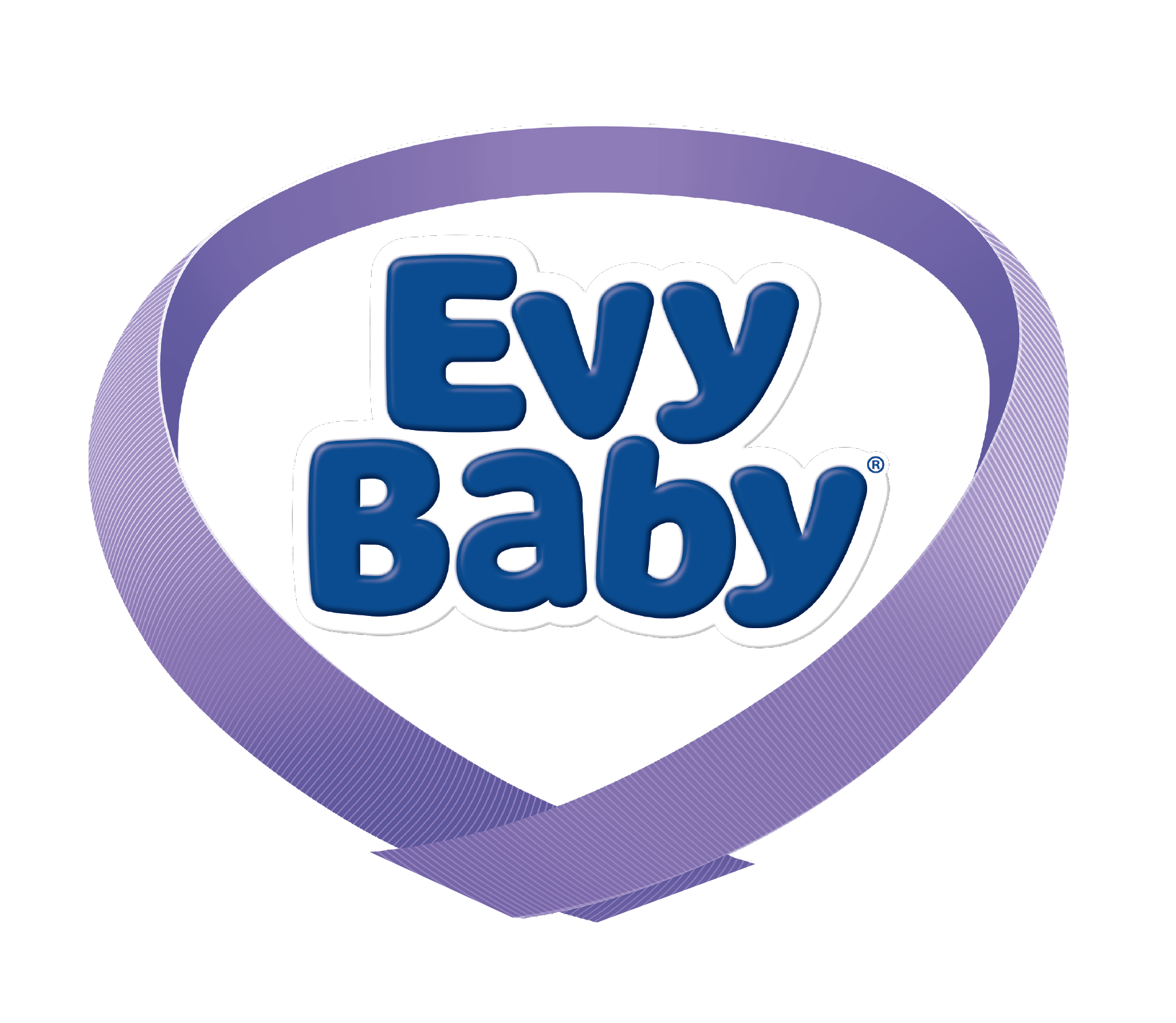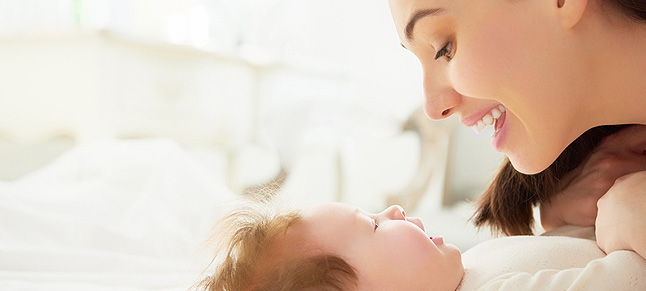

Teething can begin as early as 3 months. But in majority of cases parents see the first tooth sprout out anytime between 3 months and 12 months of age. By the time your child will reach 3 years of age, she will have all 20 primary teeth. Lower front teeth are usually the first to come out, followed by upper front teeth in next 1 to 2 months after the lower front teeth have come out.
As your baby begins teething, you will observe your baby drool more and want to chew on things. For some babies teething is painless, while most babies experience some kind of discomfort. They experience brief period of irritability and exhibit cranky behavior for few weeks. While this is absolutely normal, if your baby seems to be very fussy, you should speak to your doctor.
Tender and swollen gums can also cause rise in your baby’s temperature than normal. But it won’t cause high fiver or diarrhea. In case where a baby develops fever during teething period, you should consult a doctor since there is something else that might be causing the fever.
Tips to help your baby during teething period
As soon as the first set of tooth appears, you should brush it with water and a tiny amount of fluoridated toothpaste. As your child grows, you can increase the amount of toothpaste. Don’t let your child swallow the toothpaste.